Best practices to achieve the best protection
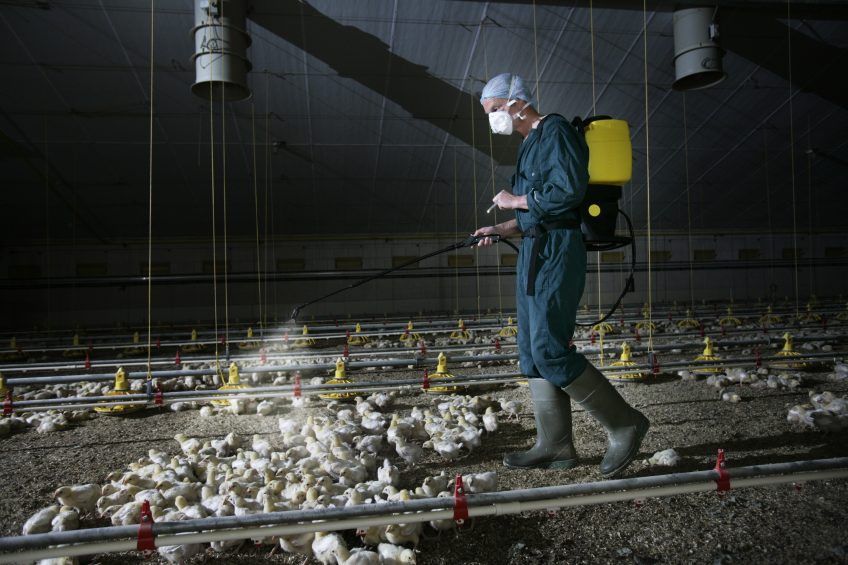
Effective vaccination plays an important role in improving both the welfare and economy of breeder and broiler flocks. Aviagen veterinarian Zoltán Marton focuses on the best practices.
Vaccination plays an important part in disease control, together with factors such as biosecurity, cleaning and disinfecting, balanced nutrition and good management practices. There are many variables that contribute to successful vaccination from proper administration and storage to transport and mixing techniques. That was the key message from Hungarian veterinarian Zoltán Marton, a member of the global Aviagen veterinary team, during the Aviagen Europe, Middle East and Africa (EMEA) Production Management broiler school (see box).
A vaccination programme is the foundation for effective vaccination. Monitoring is key, as field data allows vets to accurately develop and adjust vaccination programmes to the situation. “Vaccination programmes must be based on the local situation rather than on generalised information,” Mr Marton says.
Vaccination starts with a healthy flock. “You can only vaccinate healthy birds. If there are any symptoms that suggest birds might not be in optimal condition, it is best to postpone,” he adds.
Live vaccines are vulnerable during transport and storage. Mr Marton warns that suboptimal conditions might accelerate the expiration date of the vaccine, especially when it is live: “Vaccines should be stored in a dedicated fridge at all times, with temperature regulated between 2 and 8ºC. During transportation, it is important the cool chain is adhered to, so as not to adversely affect the vaccine and make it less effective.”
Preparing the vaccine starts with a clean working space and clean materials. “When reconstituting the vaccine, every vial must be opened under water so that the vaccine is not spoiled by exposure to the air,” he advises. “The diluent should be free of chemicals that might inactivate the vaccine, such as chlorine. Distilled water is therefore best for reconstitution.”
When it comes to administering the live vaccine, it is important to ensure that the process is fast but accurate to ensure sufficient live virus particles reach target cells in the host right across the flock. Mr Marton adds, “After three to four weeks, antibody levels and uniformity of titres in a flock should be checked to verify the quality and efficiency of a vaccination.”
Several vaccines can be administered at the same time, helping to minimise handling which will reduce stress to the birds, improving the overall welfare benefits during the process. The best advice is to keep two weeks between live respiratory vaccines and always use the full dose as prescribed, no halves or double doses.
For mass application of live vaccines in the house, two methods are commonly used: adding the vaccine to drinking water, and spray vaccination. Either way, focus is required at all times and attention to detail during vaccination is of paramount importance.
Drinking water application is ideally preceded by a test run a day earlier, and there are several other considerations, all covered by Mr Marton: “Make sure all drinkers and water lines are clean and working, and check the water flow and pressure. It’s important to ensure a uniform flow of vaccines to all birds. If there’s a uniformity problem in the flock: lower the drinkers.”
The vaccine needs to be consumed within two hours and this is where the test run comes in. By measuring water consumption levels during the same time period on the day before administering the vaccine, it is possible to estimate how much water the birds will consume in that time frame, and adjust the vaccinated water volume accordingly.
Start the procedure in the morning 45 minutes after feeding and aim to vaccinate the flock within one and a half to two hours. To evaluate the success of the vaccination, use a dye and check if the tongues of the birds are well stained. If more than 95% have a stained tongue, the vaccination is considered to be successful.
The other method, spray vaccination, comes with its own specific considerations, main ones being droplet size and uniformity of distribution.
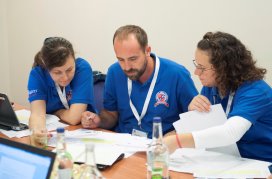
Aviagen Europe, Middle East and Africa (EMEA) Production Management Schools
Veterinarian Zoltán Marton was one of the experts who shared their knowledge during the 5th Aviagen EMEA broiler school at the end of 2016. The EMEA Production Management School is part of Aviagen’s worldwide education programme for the poultry industry. The school was introduced to the region in 2010, following the success of the original Production Management School in the US, which is over 50 years old.
The EMEA School holds three week-long courses each year: broiler, breeder, and hatchery and incubation management. The school is practical in nature with the breeder and broiler modules utilising a model business to help put the learnings into practice. The week is filled with various classes led by both Aviagen and external experts. Apart from animal health, themes such as ventilation, data analysis and market development are part of the programme. Of key importance during these courses is sharing knowledge, says Graeme Dear, general manager Aviagen UK Limited and school director.
The purpose is to enable students to get the most out of the birds’ genetic potential is one key aspect, while providing a platform for growing both the Aviagen and the students’ networks is another prime objective. There is a broader aim as well: “We hope that our students go back with a good feeling about Scotland and Aviagen, becoming more rounded people and brand ambassadors for Aviagen.”
Correct equipment and house preparation is a vital first step. All equipment should be cleaned, without chemicals, before use. A dummy test using pure water the day before the first time the vaccine is sprayed in a new location will help determine the volume of water required to cover the whole house. “Shutting down the fans ahead of the spraying ensures that the flock is adequately covered,” he says. “The lights should be dimmed as much as possible to settle the birds. Fans should be opened about 30 minutes after spraying; however, this can differ depending on a number of factors such as age of the birds and temperature and heat stress in the region. Opening the fans after vaccination is something that should be adjusted depending on local conditions at the time of vaccination.”
Droplet size should be uniform (regulated by pressure) and will be influenced by the type of vaccine and environment (such as humidity levels, which affect evaporation and thus the size of the particles that reach the birds). If that is the case, if possible vaccinate via drinking water, he advises. Otherwise: use bigger droplets and/or vaccinate in the very early morning. After use he recommends cleaning the equipment immediately and then storing it after it is air-dried.
Spray vaccinating in the hatchery is considered to hold significant advantages, such as early protection for a flock and controlled conditions, which will ensure good, uniform coverage. That said, there are alternative options such as spinning disc sprayers, pressure nozzle sprayers and motor-propelled back sprayers, all of which offer different advantages and disadvantages depending on their use.
Marton concludes: “Vaccination programmes and biosecurity measures should become part of the daily routine. Storage, transport and mixing are all vital components. Staying focused and paying attention to detail remains a key part of the process. Getting it right the first time saves time and money, and optimises bird health and welfare. Vaccination plays an important part in optimising flock welfare, performance and economic returns.”
Join 31,000+ subscribers
Subscribe to our newsletter to stay updated about all the need-to-know content in the poultry sector, three times a week. Beheer
Beheer

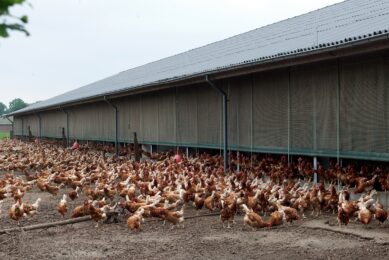
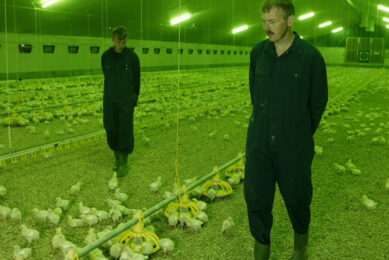
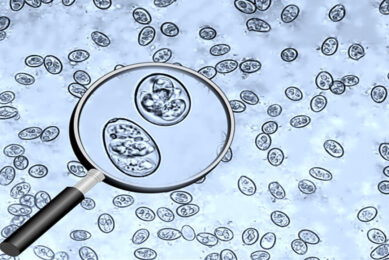
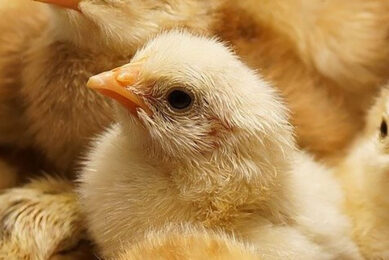



 WP Admin
WP Admin  Bewerk bericht
Bewerk bericht